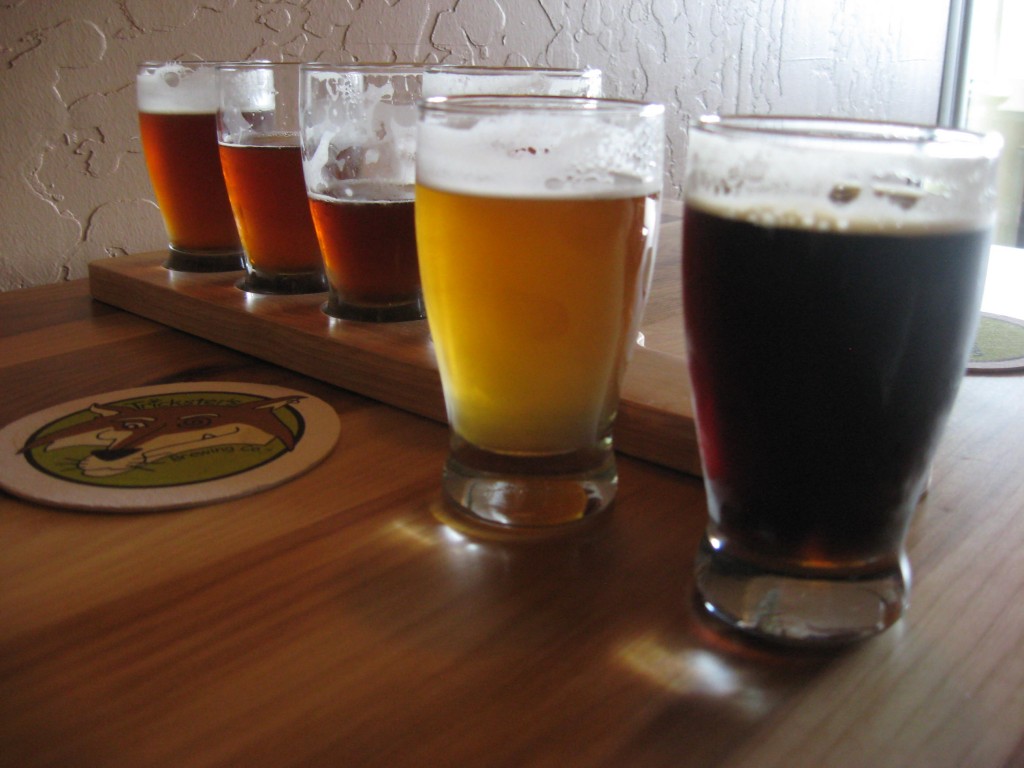Written by Fred Tasker for McClatchy Newspapers


Beer for Thanksgiving? Don’t reject it out of hand. One can make a very persuasive case for holiday brews.
Some historians say the Pilgrims drank beer on that first Thanksgiving, just as they did every day, because the water available to them was polluted. Others say this is poppycock.
Doesn’t matter. On Thanksgiving 2010, the reason to drink beer is that brewing has become so sophisticated that a thoughtful host can match beers with each course just as she or he would with wine.
As aperitifs, you can serve light brews – pale lagers or wheat beers – to get the conversation flowing. Such brews can be light as clouds, highly carbonated, full of festive, tiny bubbles just like champagne.
The hors d’oeuvres course at Thanksgiving is usually pretty light, given the fulsome nature of the coming meal. Crisp crudites, maybe, or smoked salmon on water crackers, just to keep your guests alive until dinner. For this, amber and dark lagers provide similar lightness but a bit more malty and hoppy flavor.
For the main course, with its sheer bulk and multitude of flavors, anything goes. This is the ale course – pale ales, dark ales of all hues and flavors. The smoky, caramelized flavors of these sturdier brews are great matches for the crackly, deep-brown skin of a well-roasted turkey, and their underlying herbal flavors go well with stuffing.
As for the side dishes, one can only say that hearty goes well with hearty.
When dessert comes, surprise your guests: Serve that pumpkin pie with a sweet and spicy pumpkin ale or that sugar-laden pecan pie with the wonderful accompaniment of a chocolate stout.
Continue reading “Try Beer, Not Wine, for Thanksgiving”




 future retirement home/camp in the Central Adirondacks. About a thousand miles from our present home base for over 30 years: Nashville, TN. When we left we could have gone south, or go about a hundred miles in the opposite direction and judge beer in downtown Albany, NY. Being beer folk, never guess what we did.
future retirement home/camp in the Central Adirondacks. About a thousand miles from our present home base for over 30 years: Nashville, TN. When we left we could have gone south, or go about a hundred miles in the opposite direction and judge beer in downtown Albany, NY. Being beer folk, never guess what we did.




You must be logged in to post a comment.